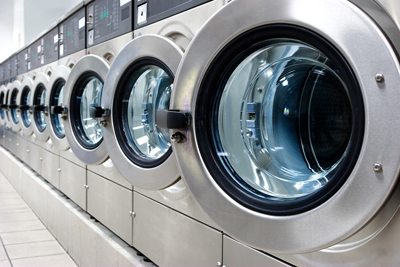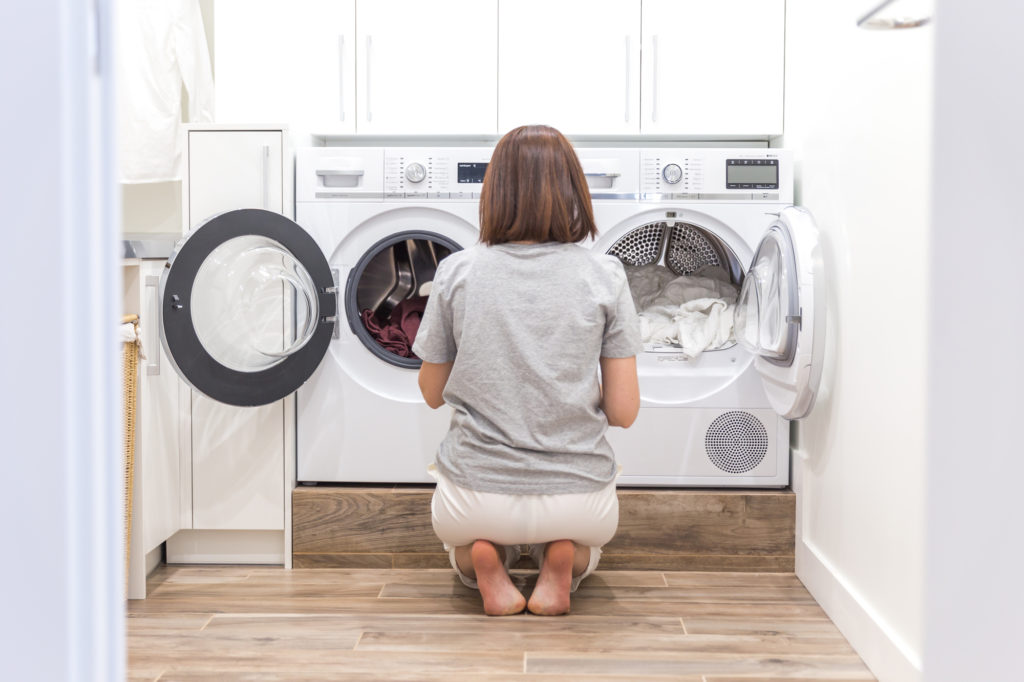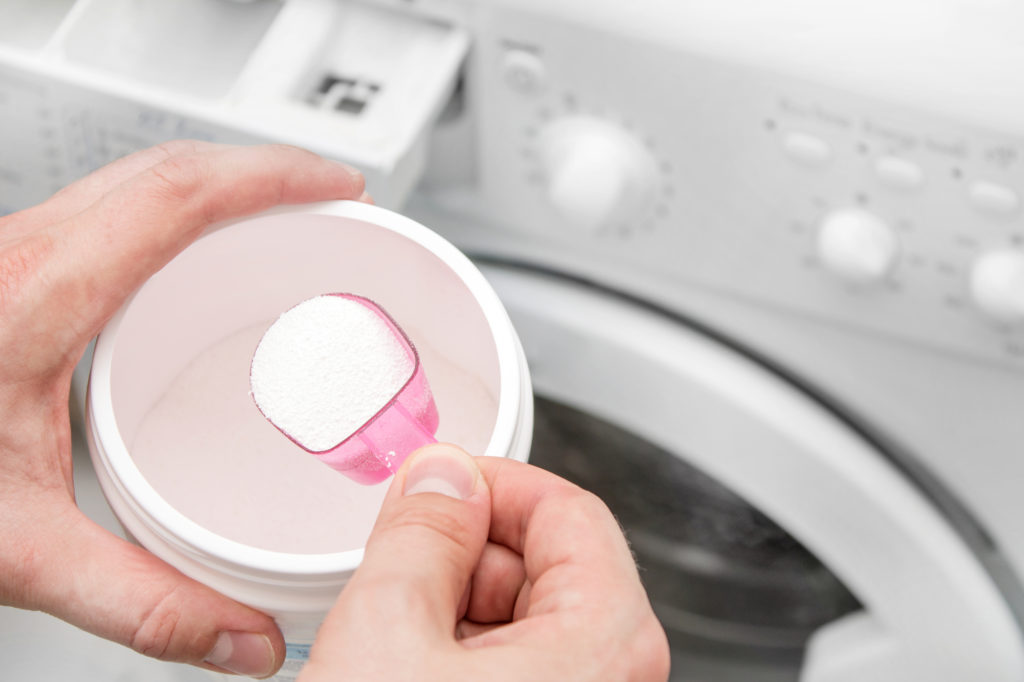- Uncategorized
- 31.10.2023
Mastering the Art of Caring for Delicate Fabrics: Silk and Wool
Delicate fabrics like silk and wool exude an air of elegance and luxury. However, with great refinement comes great responsibility. Caring for these exquisite materials requires a gentle touch and specific techniques to ensure their longevity and beauty. Below are tips on the best practices for preserving and maintaining the allure of silk and wool garments.
General Care Tips
Read the Labels:
Always start by checking the care label on your garment. It provides essential information on how to clean and care for the fabric.
Avoid Direct Sunlight:
Both silk and wool are susceptible to fading when exposed to direct sunlight for prolonged periods. Store them in a cool, dark place.
Ventilation is Key:
Air out your silk and wool garments occasionally to prevent any musty odors or mildew from developing.
Handle with Clean Hands:
Ensure your hands are clean and dry when handling delicate fabrics to avoid transferring dirt or oils.
Silk Care | Washing Silk
Hand Wash or Dry Clean:
Hand washing is the safest bet for silk. Use a mild detergent or baby shampoo in cold water. Gently agitate the water and then rinse thoroughly.
Avoid Aggressive Actions:
Do not wring, twist, or rub silk vigorously. Instead, gently squeeze out excess water and lay flat on a clean towel to absorb moisture.
Iron with Caution:
Use a low-heat iron and place a pressing cloth or another piece of fabric between the iron and the silk to avoid direct contact.
Storing Silk
Avoid Hangers:
Hanging silk for extended periods can lead to stretching. Instead, fold it and store it in a breathable fabric bag.
Mind the Moths:
Use natural moth repellents like lavender sachets or cedar blocks to protect silk from these destructive insects.
Wool Care | Washing Wool
Hand Wash or Use a Delicate Cycle:
Like silk, wool is best hand washed in cold water with a mild detergent. If using a machine, set it to a gentle cycle and use a mesh bag.
Handle with Care:
Avoid excessive wringing or twisting. Gently press out excess water and roll in a clean towel to remove remaining moisture.
Lay Flat to Dry:
Wool should be dried flat to maintain its shape. Avoid hanging, as it can cause stretching.
Storing Wool
Keep It Clean:
Make sure your wool garments are clean before storing. Moths are attracted to dirt and perspiration.
Use Acid-Free Tissue Paper:
When folding wool, place acid-free tissue paper between the folds to prevent creasing.
By following these guidelines, you’ll be able to extend the life of your cherished silk and wool pieces, ensuring they remain exquisite for years to come. Remember, a little care goes a long way when it comes to delicate fabrics!





